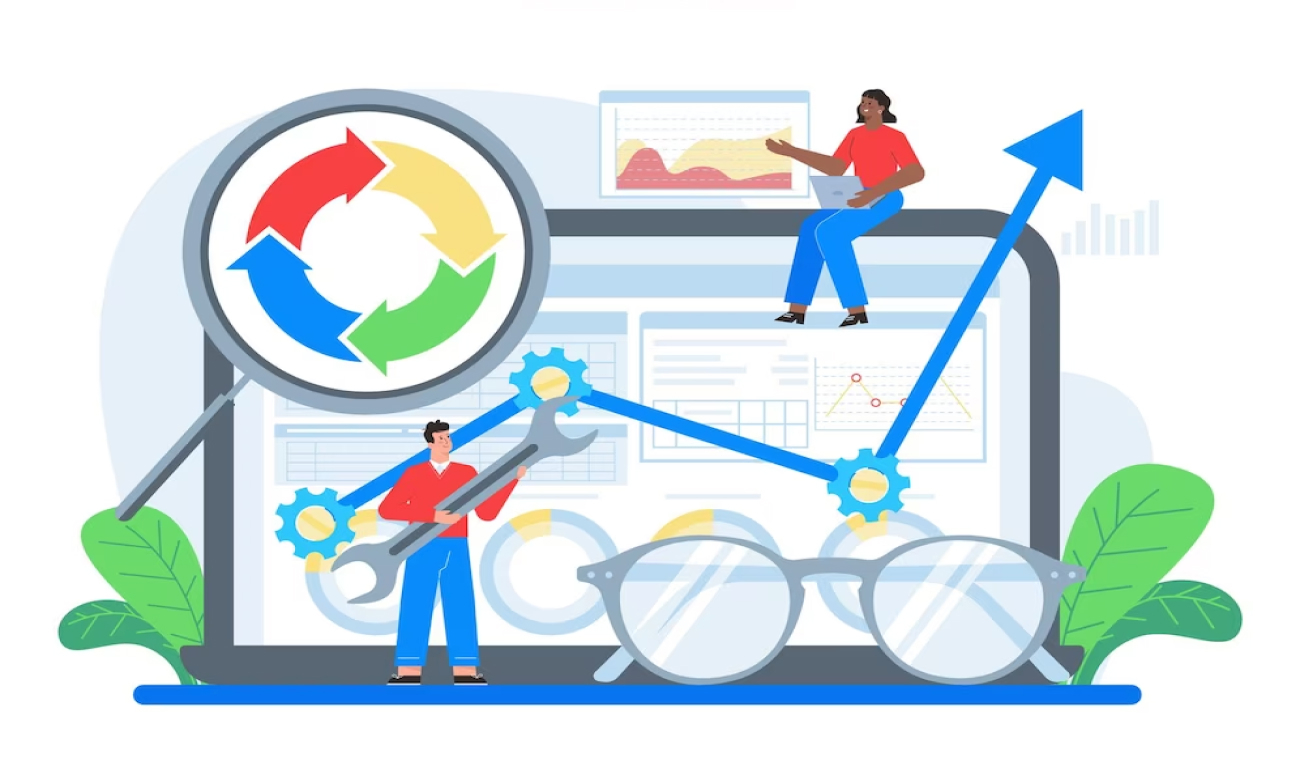Unlocking the Power of CRM Analytics: Understanding Your Data
Unlocking the Power of CRM Analytics: Understanding Your Data

Unlocking the Power of CRM Analytics: Understanding Your Data
In today’s fast-paced business world, having a solid customer relationship management (CRM) system is no longer a luxury, it’s a necessity. With the rise of digital technology, businesses are collecting vast amounts of data from various sources, including social media, email interactions, and customer feedback. But, having all this data is only half the battle. To truly capitalize on its potential, you need to understand what it’s telling you. That’s where CRM analytics comes in.
What is CRM Analytics?
CRM analytics is the process of analyzing the data collected by your CRM system to gain insights into customer behavior, preferences, and needs. It helps you identify patterns, trends, and correlations that can inform your business decisions and drive growth. With CRM analytics, you can:
- Gain a deeper understanding of your customers
- Identify sales opportunities and predict future sales
- Improve customer satisfaction and loyalty
- Enhance customer engagement and retention
- Make data-driven decisions

Types of CRM Analytics
There are several types of CRM analytics, including:
- Descriptive Analytics: This type of analytics focuses on what happened in the past. It provides insights into historical sales data, customer behavior, and market trends.
- Predictive Analytics: This type of analytics uses statistical models and machine learning algorithms to predict what may happen in the future. It helps you identify potential sales opportunities, forecast sales, and anticipate customer churn.
- Prescriptive Analytics: This type of analytics provides recommendations on what actions to take based on the insights gained from descriptive and predictive analytics. It helps you develop targeted marketing campaigns, improve sales strategies, and enhance customer service.
How to Get Started with CRM Analytics
Getting started with CRM analytics can seem daunting, but it’s easier than you think. Here are some steps to help you get started:
- Define Your Goals: Identify what you want to achieve with CRM analytics. Are you looking to improve sales, enhance customer satisfaction, or increase customer retention?
- Choose the Right Tools: Select a CRM system that has built-in analytics capabilities or integrate a third-party analytics tool with your existing CRM system.
- Collect and Integrate Data: Gather data from various sources, including social media, email interactions, and customer feedback. Integrate this data into your CRM system to create a single, unified view of your customers.
- Clean and Prepare Data: Ensure that your data is accurate, complete, and consistent. Clean and prepare your data to ensure that it’s ready for analysis.
- Analyze and Interpret Data: Use your CRM analytics tool to analyze and interpret your data. Look for patterns, trends, and correlations that can inform your business decisions.
Benefits of CRM Analytics
The benefits of CRM analytics are numerous. Here are some of the most significant advantages:
- Improved Sales: CRM analytics helps you identify sales opportunities and predict future sales. This enables you to develop targeted sales strategies and improve your sales performance.
- Enhanced Customer Satisfaction: By analyzing customer data, you can gain insights into customer behavior and preferences. This enables you to develop targeted marketing campaigns and improve customer satisfaction.
- Increased Customer Retention: CRM analytics helps you identify potential customer churn and develop strategies to retain customers.
- Data-Driven Decisions: With CRM analytics, you can make data-driven decisions that drive growth and profitability.
Common Challenges in CRM Analytics
While CRM analytics can drive significant benefits, there are also common challenges that you may encounter:
- Data Quality Issues: Poor data quality can lead to inaccurate insights and decisions.
- Data Integration Challenges: Integrating data from various sources can be time-consuming and challenging.
- Insufficient Resources: CRM analytics requires specialized skills and resources. Insufficient resources can hinder the effectiveness of your analytics program.
- Lack of Governance: Without proper governance, CRM analytics can lead to inconsistent and unreliable insights.
Best Practices for CRM Analytics
To get the most out of your CRM analytics, follow these best practices:
- Define Clear Goals: Identify what you want to achieve with CRM analytics and set clear goals and objectives.
- Use the Right Tools: Select a CRM system that has built-in analytics capabilities or integrate a third-party analytics tool with your existing CRM system.
- Clean and Prepare Data: Ensure that your data is accurate, complete, and consistent.
- Analyze and Interpret Data: Use your CRM analytics tool to analyze and interpret your data. Look for patterns, trends, and correlations that can inform your business decisions.
Case Study: Using CRM Analytics to Drive Growth
A leading retail company was looking to improve its sales performance and customer satisfaction. The company implemented a CRM analytics program that analyzed customer data from various sources, including social media, email interactions, and customer feedback.
Using CRM analytics, the company was able to:
- Identify sales opportunities and predict future sales
- Develop targeted marketing campaigns to improve customer satisfaction
- Enhance customer engagement and retention
- Make data-driven decisions that drove growth and profitability
As a result of the CRM analytics program, the company was able to:
- Increase sales by 15%
- Improve customer satisfaction by 20%
- Reduce customer churn by 10%
Conclusion
CRM analytics is a powerful tool that can help you understand your customers, identify sales opportunities, and drive growth and profitability. By following the best practices outlined in this article, you can get the most out of your CRM analytics program and achieve significant benefits. Whether you’re a small business or a large enterprise, CRM analytics can help you stay competitive in today’s fast-paced business world. So, don’t wait any longer – unlock the power of CRM analytics today.
